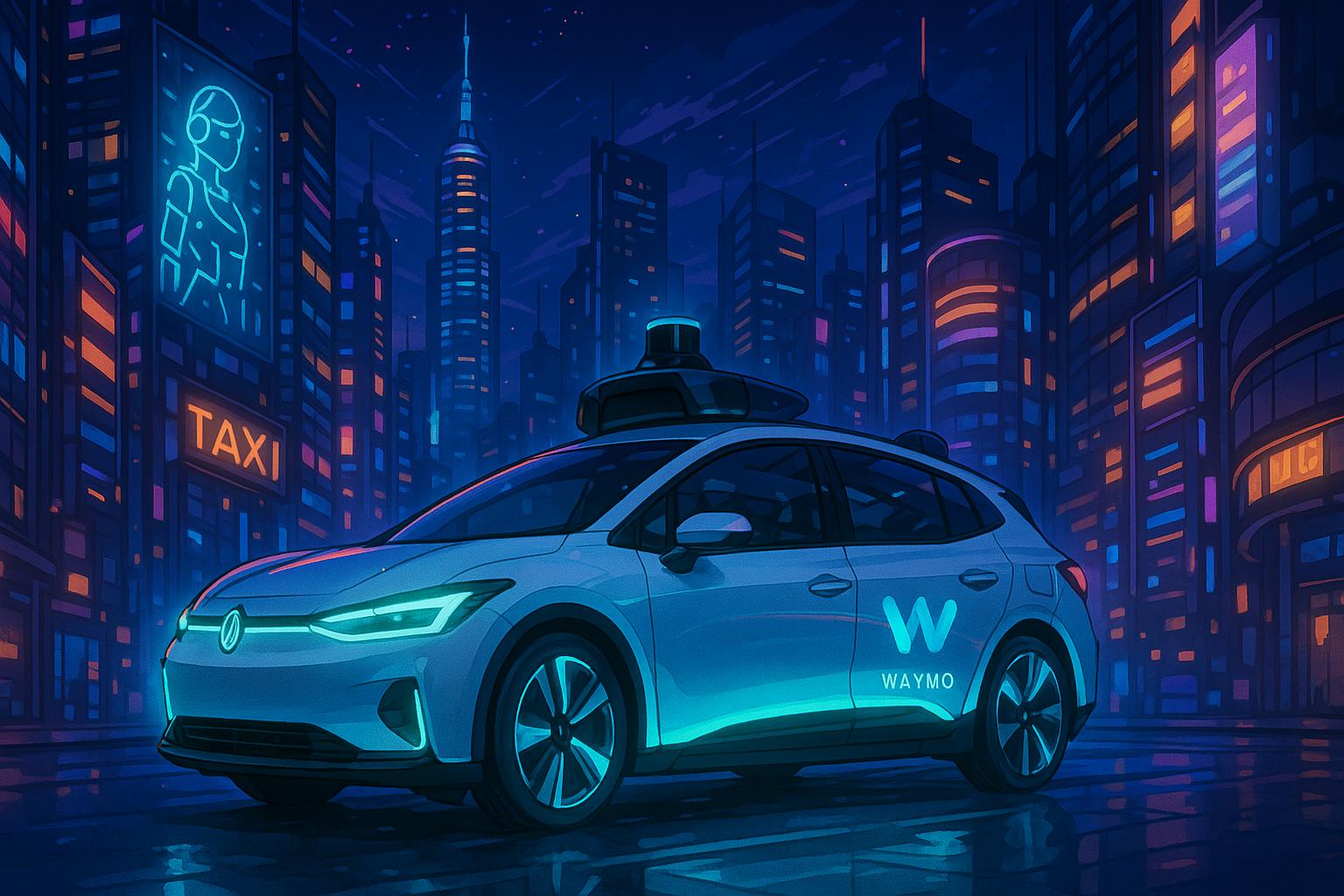The landscape of autonomous vehicle technology is evolving rapidly, especially as key players like Waymo, Tesla, and Zoox vie for dominance in the burgeoning robotaxi market. Each company is deploying distinct strategies, which elicit varying levels of public enthusiasm, skepticism, and regulatory scrutiny.
Recent data indicates that consumer hesitancy remains a significant barrier to widespread acceptance of robotaxis. According to an MIT/JD Power survey, a striking 83% of respondents expressed a desire for more safety data before they would consider hailing a robotaxi, with an even higher percentage—86%—wanting the option to regain control by taking over the steering wheel. Such apprehension was underscored by an incident involving a tech entrepreneur who, after suffering a glitch in his robotaxi that resulted in multiple loops around a parking lot, nearly missed a flight in Phoenix, Arizona. This incident highlights the ongoing challenges that autonomous vehicles face in earning the necessary trust from the public.
Yet, despite these fears, there is a steady increase in consumer confidence bolstered by a growing body of safety studies. Leading the charge in the U.S. is Waymo, which recently secured approval to expand its robotaxi operations into new regions around the San Francisco Peninsula, including San Jose. With a fleet exceeding 1,500 vehicles, Waymo is reports providing over 250,000 rides each week, reinforcing its status as the frontrunner in the market. Prior to embarking on their first ride, passengers in Waymo’s Jaguar I-Pace EVs receive a detailed walkthrough of the vehicle's features, which is designed to enhance their comfort. Features like situational awareness displays, providing real-time information about the vehicle's movements, aim to alleviate rider anxiety, similar to in-flight navigation systems.
In contrast, Tesla has opted for a less conventional approach to its robotaxi plans. Scheduled to launch its own service in Austin, Texas, Tesla relies on an extensive array of onboard cameras and AI-driven machine learning to navigate roads. This reliance on less costly technology has drawn closer regulatory scrutiny, particularly following incidents involving its vehicles. Notably, Ashok Elluswamy, head of Autopilot and AI software at Tesla, acknowledged that "technically, Waymo is already performing" and admitted that Tesla is potentially two years behind in autonomous technology.
Amazon's Zoox, another significant player in the field, aims to disrupt the traditional taxi experience. Zoox is preparing to begin testing self-driving SUVs in Atlanta and features a unique design that eschews the steering wheel altogether. Instead, passengers sit facing each other in a lounge-like arrangement, promoting interaction and comfort. With features like wireless charging and individual climate controls, Zoox’s approach represents an ambitious rethinking of what a taxi experience can look like.
As these companies push ahead, the regulatory environment remains a pivotal factor in shaping the future of robotaxis. While Waymo continues to roll out its services across various U.S. cities, it is also facing increased scrutiny from safety regulators, especially after recent accidents involving competitors like Cruise, which has since suspended its operations due to safety concerns. This backdrop of cautious regulatory progress highlights a broader trend where, even as technological capabilities advance, the regulatory framework struggles to keep pace, thereby delaying full market penetration.
Across the pond, developments in the UK reflect a similar caution. Uber has announced plans to launch driverless taxi services in collaboration with 18 tech firms; however, the government has mandated further testing with human drivers, pushing the expected launch date back to 2027. This approach contrasts starkly with the faster-paced trials being conducted in parts of the U.S.
As this revolutionary technology gains traction, it promises not only to reshape urban transportation but also to challenge deeply ingrained perceptions about mobility. The question remains—will consumer confidence catch up with the technological advancements, or will apprehension continue to hold back the robotaxi revolution? With significant investment, ongoing testing, and a cautious but evolving regulatory landscape, the coming years could prove pivotal in determining the fate of autonomous transportation.
Reference Map:
- Paragraph 1 – [1], [2]
- Paragraph 2 – [1], [2], [5]
- Paragraph 3 – [3], [4], [5]
- Paragraph 4 – [1], [3], [6]
- Paragraph 5 – [6], [7]
Source: Noah Wire Services
